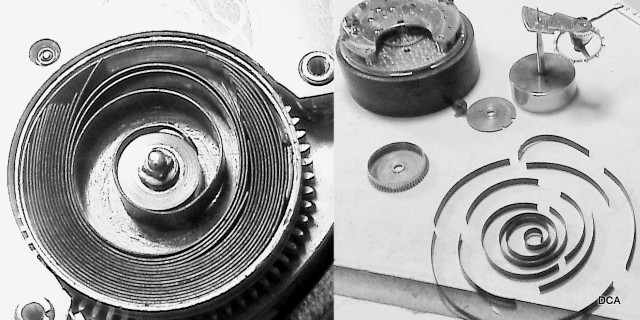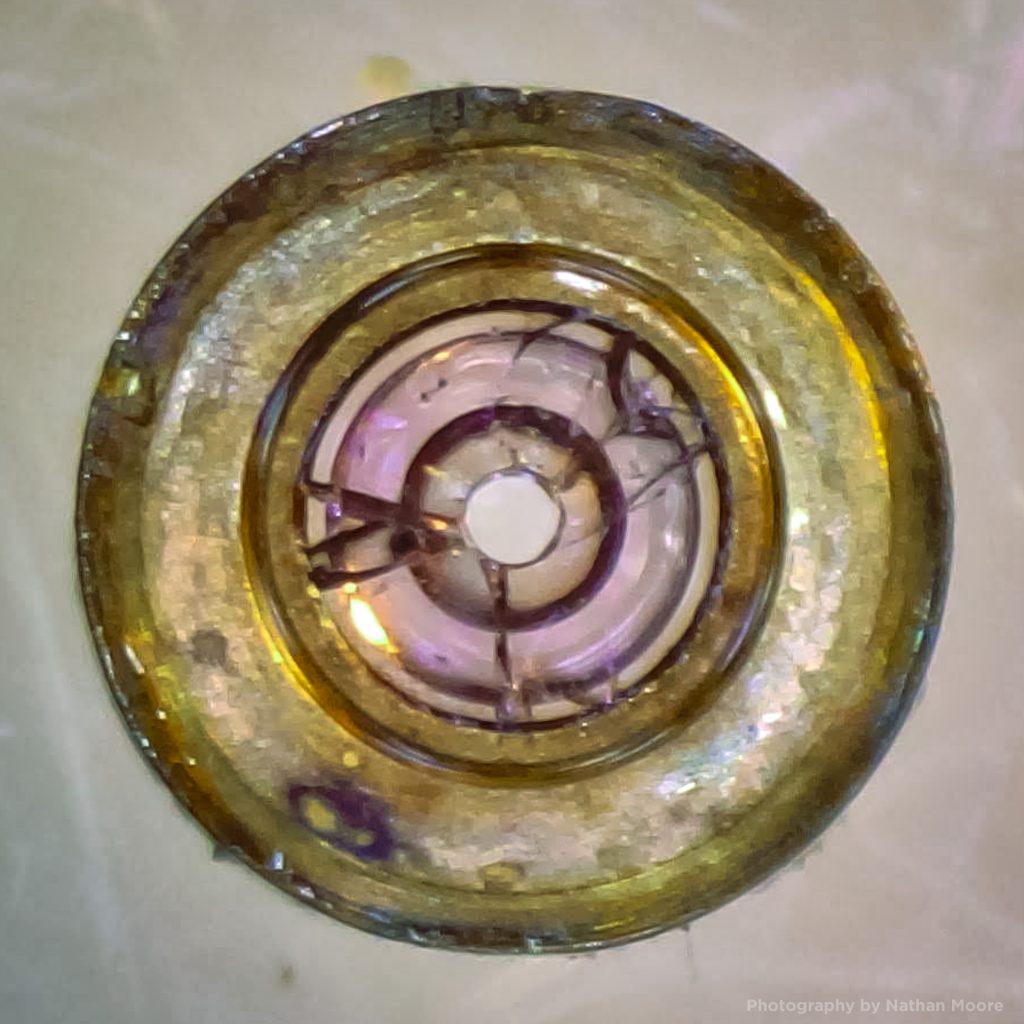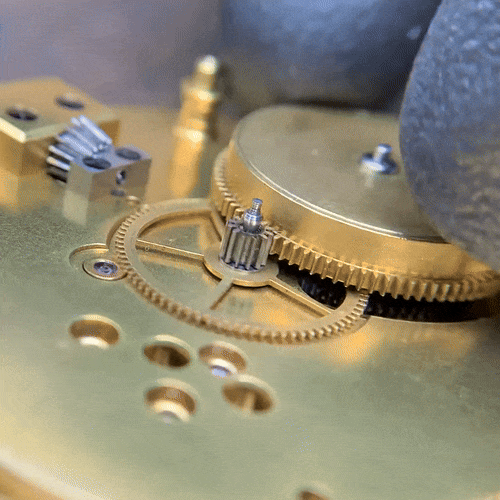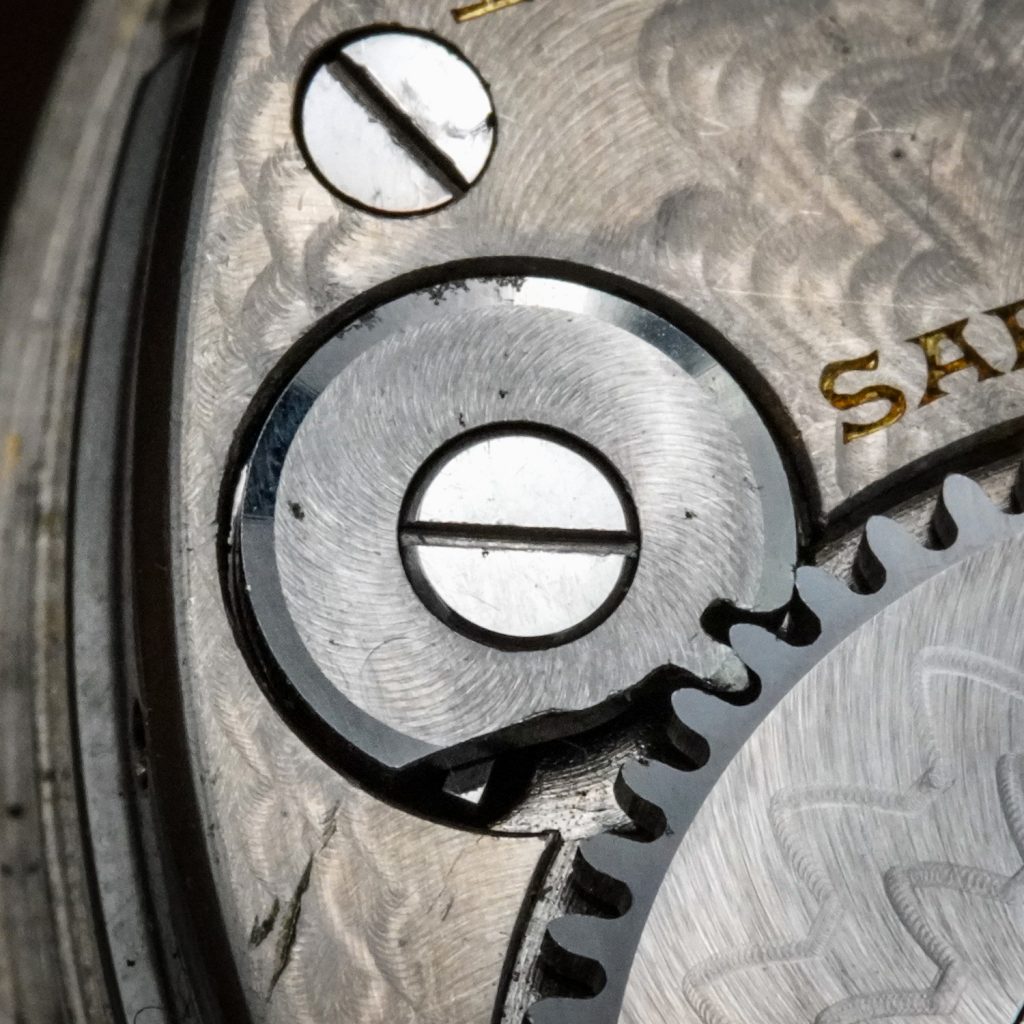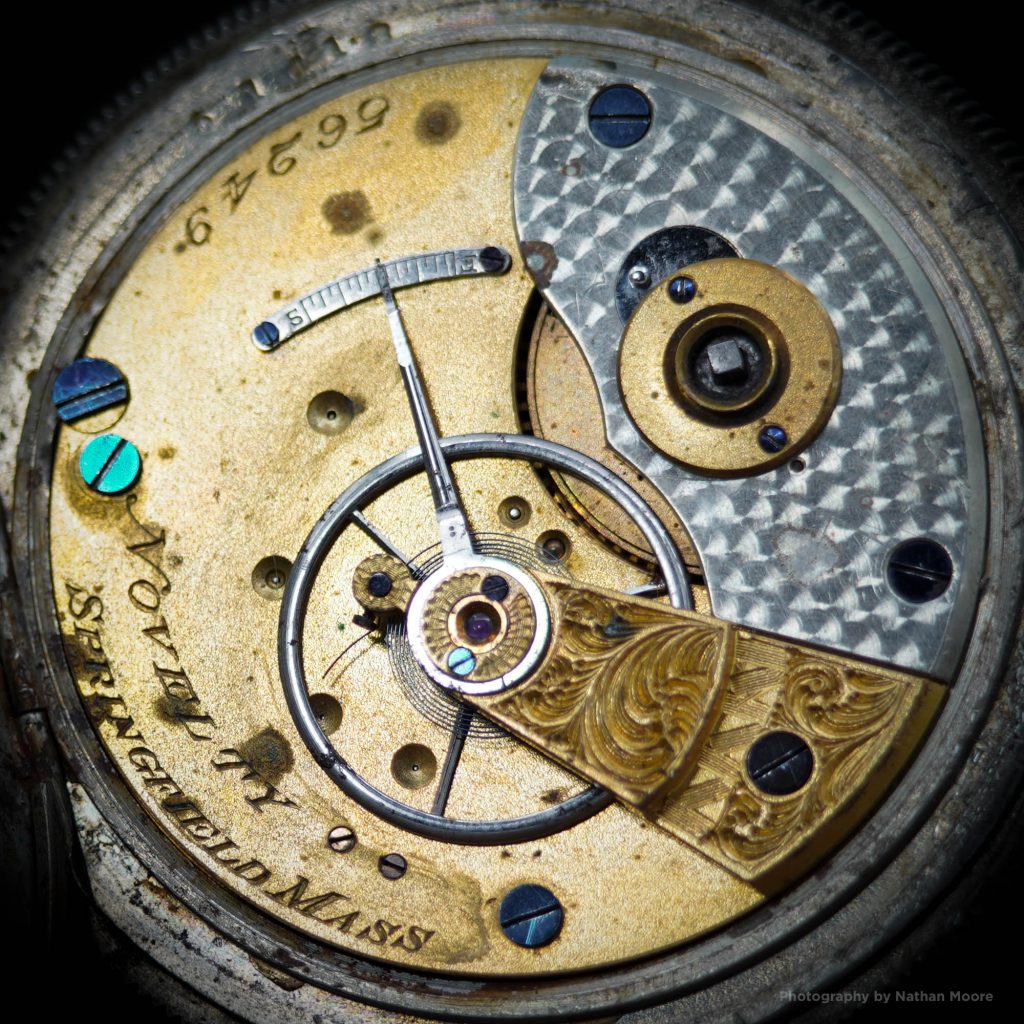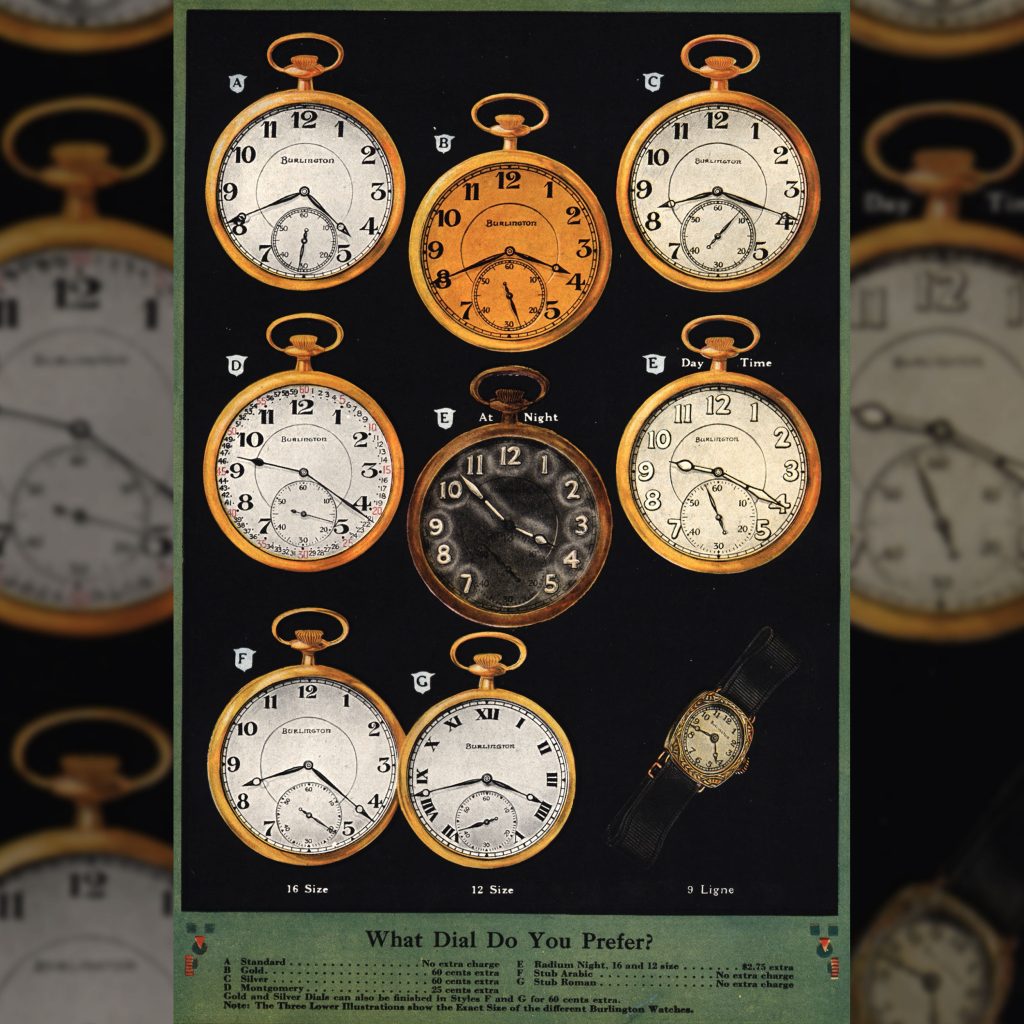Pocket Watch 101: What is a Safety Pinion?
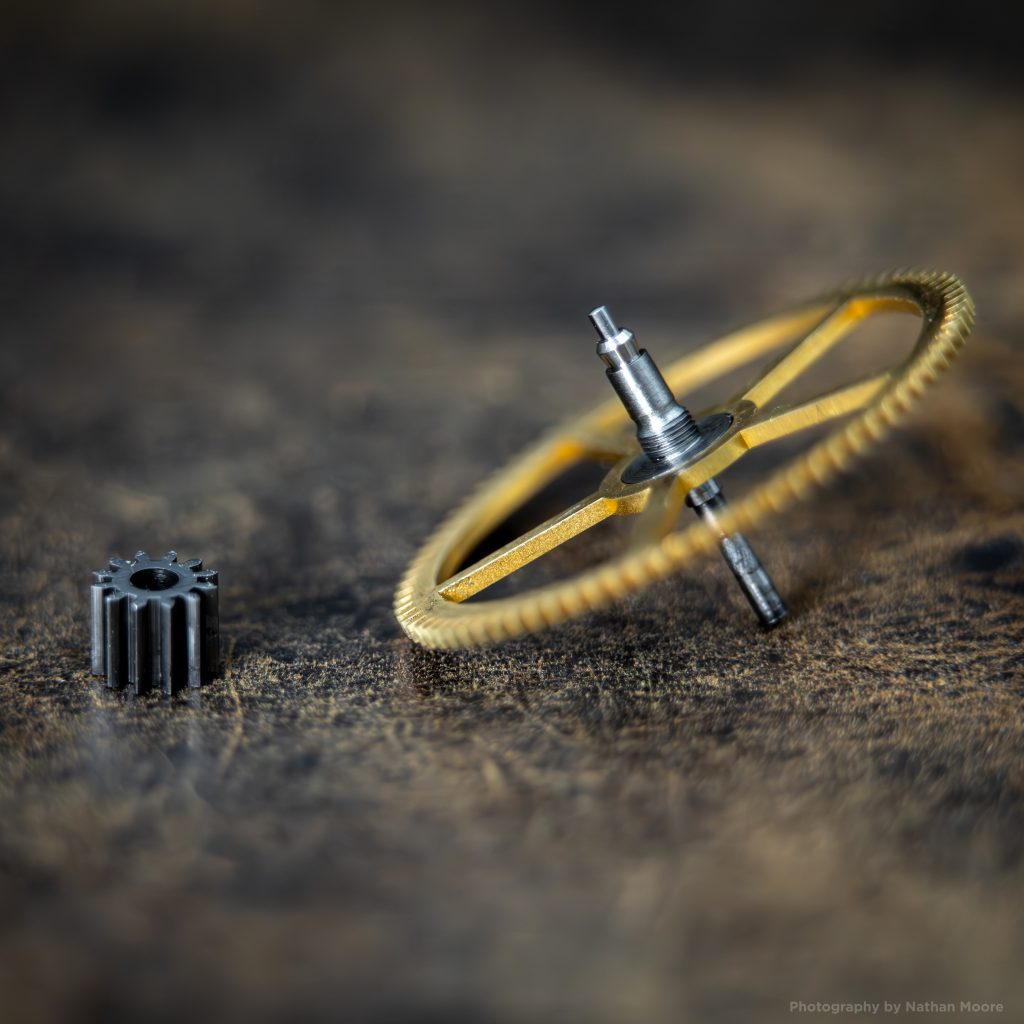
The power that allows a pocket watch to operate is provided by the mainspring. This large spring is coiled tightly inside the mainspring barrel as the watch is wound. Once the watch is running, the power is slowly expelled by the escapement, located at the end of the wheel train. With each “tick” a small amount of force from the mainspring is released, and the wheels rotate slightly. After approximately 30-40 hours, the power stored in the coiled mainspring is expended completely, and the watch stops.
This process wind-up and wind-down is repeated on a regular basis to keep the watch running. It was typical for an owner to wind the watch each morning as the day began. As this frequent coiling and uncoiling introduces stress and fatigue on the mainspring, it becomes a time bomb that will eventually fail – taking casualties with it.
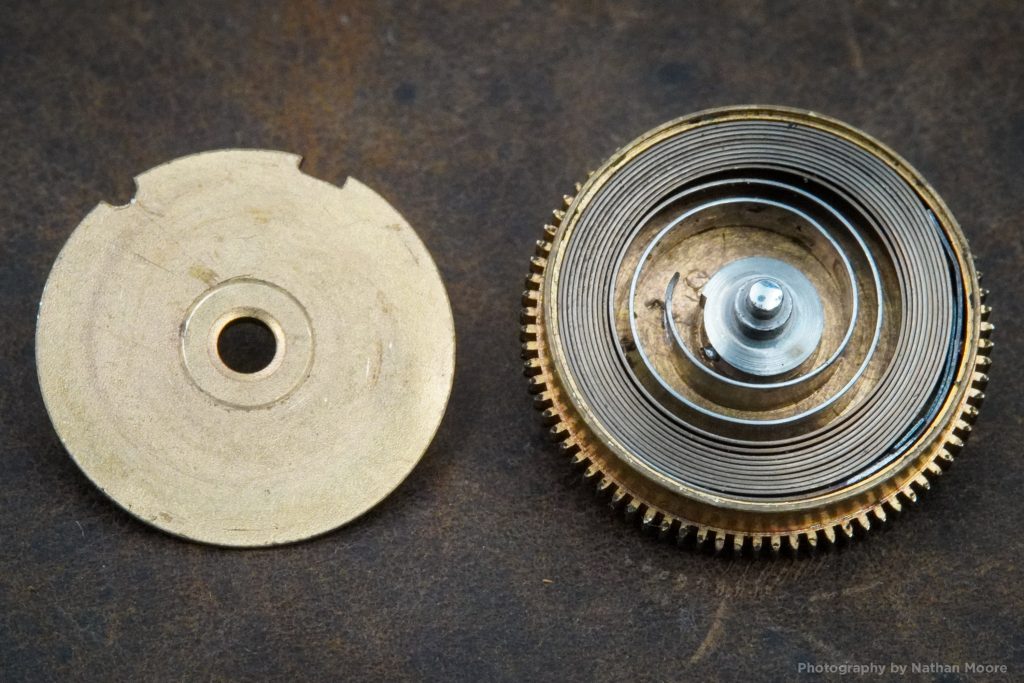
When a mainspring fails, it breaks or shatters into multiple pieces, suddenly expelling all the stored force at once. Without instruments in place to compensate for such a destructive force, the delicate parts can be damaged.
As the immense energy attempts to escape from the barrel, the destructive force is first applied to the center pinion and transmitted throughout the rest of the train. This event frequently results in broken teeth, bent wheels, and shattered jewels.
Prior to safety devices, a mainspring failure often resulted in costly repair bills and presented an excuse for many to refrain from purchasing a watch due to fears that it would inevitably end up in broken pieces on a watchmaker’s bench.
The ingenuity of the early American watch industry provided two solutions to save the watch when a mainspring failure occurred. The first solution offered was a reversible mainspring barrel, allowing the mainspring barrel to expel the destructive force by rotating the opposite direction.
While effective, this solution was rather costly. In 1864, Merritt Burt patented the first reversible center pinion – what would eventually be called the “Safety Pinion.” This was a more elegant approach that required fewer parts than the reversible barrel.
All safety pinions operate on the same principle – allowing the pinion to detach from the center arbor when the mainspring suddenly applies a destructive force, permitting the extra energy to be expelled safely instead of being applied to the train.
Various safety pinion designs were patented by masterful watchmakers, but the most elegant variation eventually won out in the market. The threaded safety pinion, invented by Charles W. Fogg while he was with the American Watch Company (Waltham), was effective, elegant, and inexpensive to manufacture.
Many watch movements manufactured in the late 1800s and early 1900s are marked on the top plates to indicate the presence of a safety pinion (generally marked “Safety Pinion,” “Patent Pinion,” or “Pat. Pinion”).
If a movement is marked in such a manner, it is fitted with a safety device that will help prevent damage to the other watch parts if and when the mainspring breaks.
Fortunately, modern alloys have provided mainsprings that are less prone to breakage when compared to the steel mainsprings used during the golden age of pocket watches.

